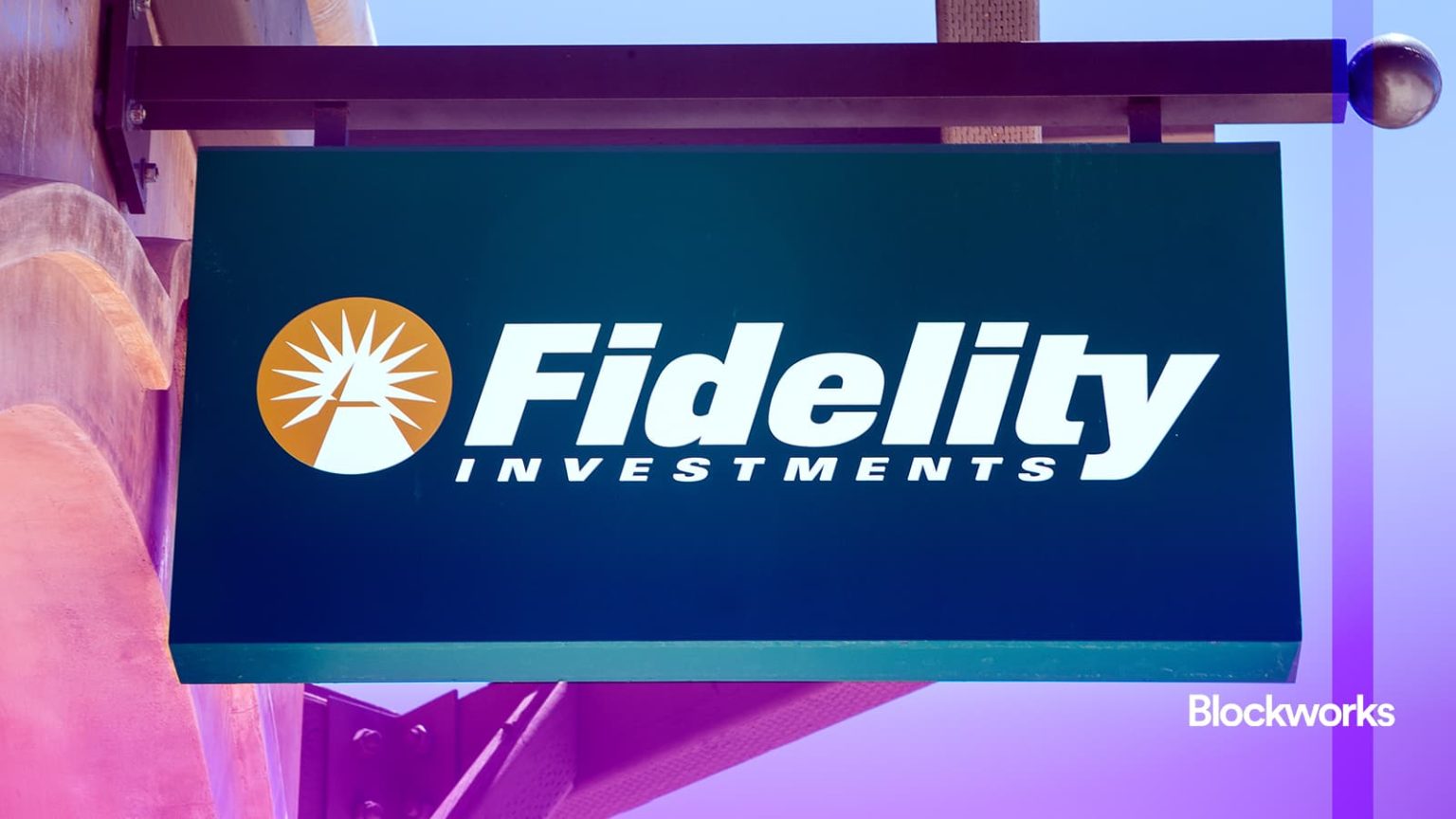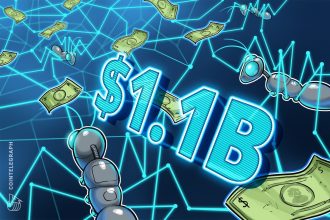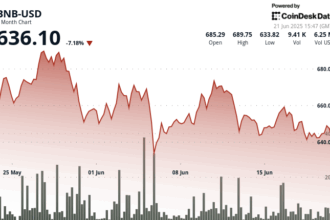Fidelity Advocates Blockchain GDP Valuation Model Amid Scrutiny
Leading financial services firm Fidelity Investments has proposed a novel method for evaluating blockchain networks, comparing them to sovereign nation’s economies via the standard Gross Domestic Product (GDP) formula, according to a recent analysis.
Fidelity’s report argues that this approach is more suitable than market-capturing models because of the inherent currencies in decentralized systems. The core GDP calculation, derived from economics, is:
C + I + G + (X-M)
C is consumption | I is business investment | G is government spending
X is exports and M is imports, making X-M net exports.
Using Ethereum as an illustrative case, the firm outlines how traditional GDP metrics could be mapped onto blockchain data, creating a “True Digital GDP” framework. While comprehensive, this model has faced several technical and conceptual criticisms.
Practical Concerns: Network Activity vs. Productive Output
While imports and exports recorded via network bridges contribute to the “net exports” component, critics argue that many crypto transfers lack genuine economic substance. The movement of stablecoins across bridges, for instance, may generate significant blu (ble) GDP figures even though no real-world economic activity has occurred.
In contrast, transactions representing genuine production or utility provision—such as token issuance for providing network service—should positively factor into the blockchain’s GDP. This discrepancy raises questions about accurately distinguishing verifiable productive activity from pure token transfers.
Macroeconomic Role Questioned: Medium of Exchange vs Unit of Account
The Fidelity model presumes L1 tokens function as money. While Ether’s dominance in trading pairs and its presence in borrowing markets support a “medium of exchange” role, the valuation model has been criticized for insufficiently accounting for a “unit of account”.
Historically, the ability of L1 tokens to fulfill the unit of account function has been called into question. Early analysis points to potential transactional friction and has already begun to transform user behavior through features like Account Abstraction (ERC-4337), which allows payments in any ERC-20 token. This erosion of token scarcity reduces the basis for a monetary premium.
The Staking Dilemma: Investment without Economic Expansion
Fidelity also factors staked Ether into its graphic’s metric corresponding to investment (I). However, economic experts caution that staking primarily represents locked capital rather than investments that expand a network’s capabilities.
Unlike physical investment which increases a nation’s productive potential, staked assets exist in a zero-sum scenario where stake increases or decreases based on token burning mechanisms or rebase functions. Critics contend that this “I” in blockchain GDP lacks the historical correlation seen in standard economies between investment and future economic growth.
Further concerns are raised regarding liquid staked derivatives (LPs) which might redirect yield away from supporting fundamental economic activity, adding to implementation doubts.
Note: Formatting adheres to requested HTML format with appropriate paragraphing, bolding for key concepts, and blockquote for the basic GDP definition.












